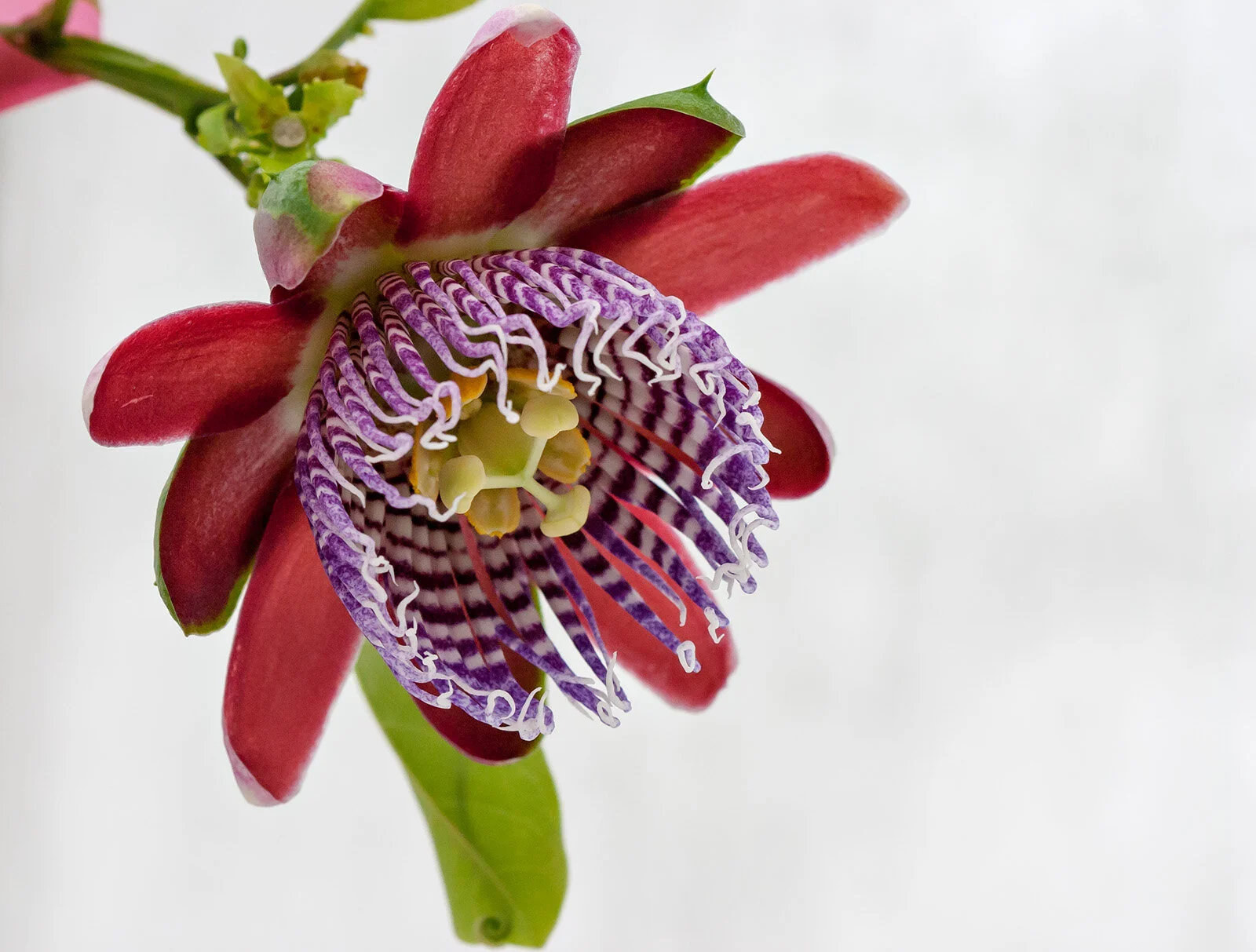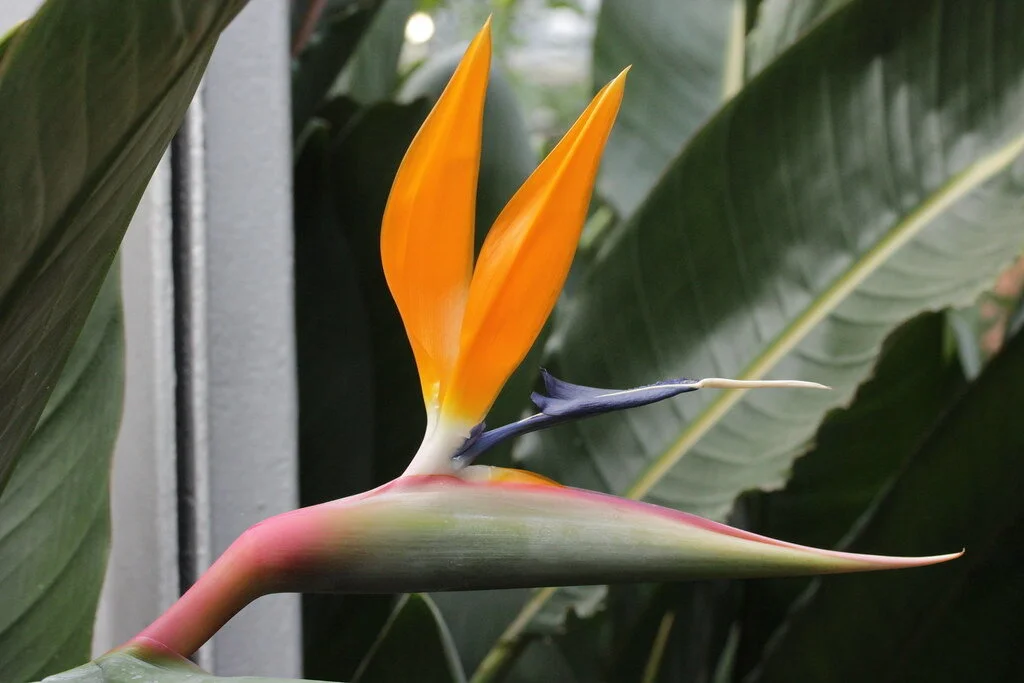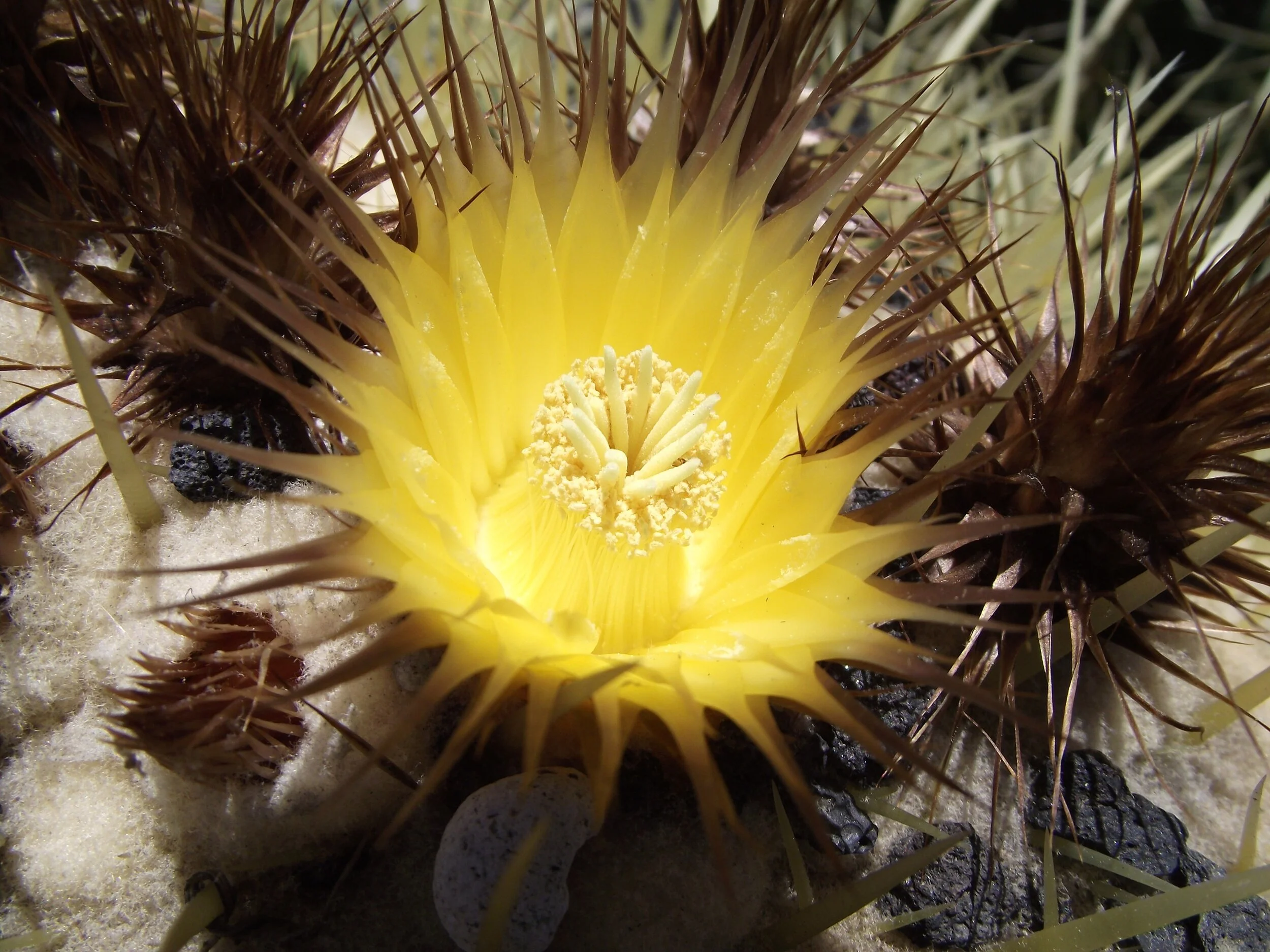
I. Passiflora alata (Red Passion Flower)
The opening motive is a musical translation of the word “alata.” This gesture is used throughout the movement. This flower is a burst of red against green leaves and this idea of bursting informed the musical treatment.

II. Salvia divinorum (Sage of the Diviner)
This hallucinogenic plant has delicate, fibrous flowers surrounded by pale, violet calyces (outermost part that forms a flower). Microtones and multiphonics contribute to the hazy melodic and intervallic writing.

III. Strelitzia reginae (Bird of Paradise)
This stunning orange flower is named so due to its resemblance to several species of the Bird of Paradise family. Several bird calls were used to form the musical material in the piece including the Goldie Bird of Paradise, the Pale-Billed Sickle Bill, the Greater Bird of Paradise, and the Magnificent Bird of Paradise.

IV. Posidonia oceanica (Neptune Grass)
This green grass grows in gentle areas of the Mediterranean Sea. It forms large underwater meadows. This idea of sea grass slowly pulsing in the waves formed the core concept of the miniature. It has been discovered in the last few decades sea grass’s importance due to its high carbon absorption as climate change grips our planet.

V. Rotheca myricoides (Blue Butterfly Bush)
These flowers have delicate blue petals and arched stamens that resembles a butterfly in flight. My mental image was the flower, perfectly in focus, while butterflies slowly hovered and danced around it in slow-motion.

VI. Echinocactus grusonii (Golden Barrell Cactus)
Having lived in Arizona previously, I fell in love with flowering cacti. This cactus only develops small, bright yellow flowers after about 20 years. The needle-like petals surround densely-packed yellow stamens.






